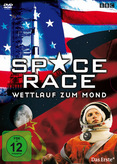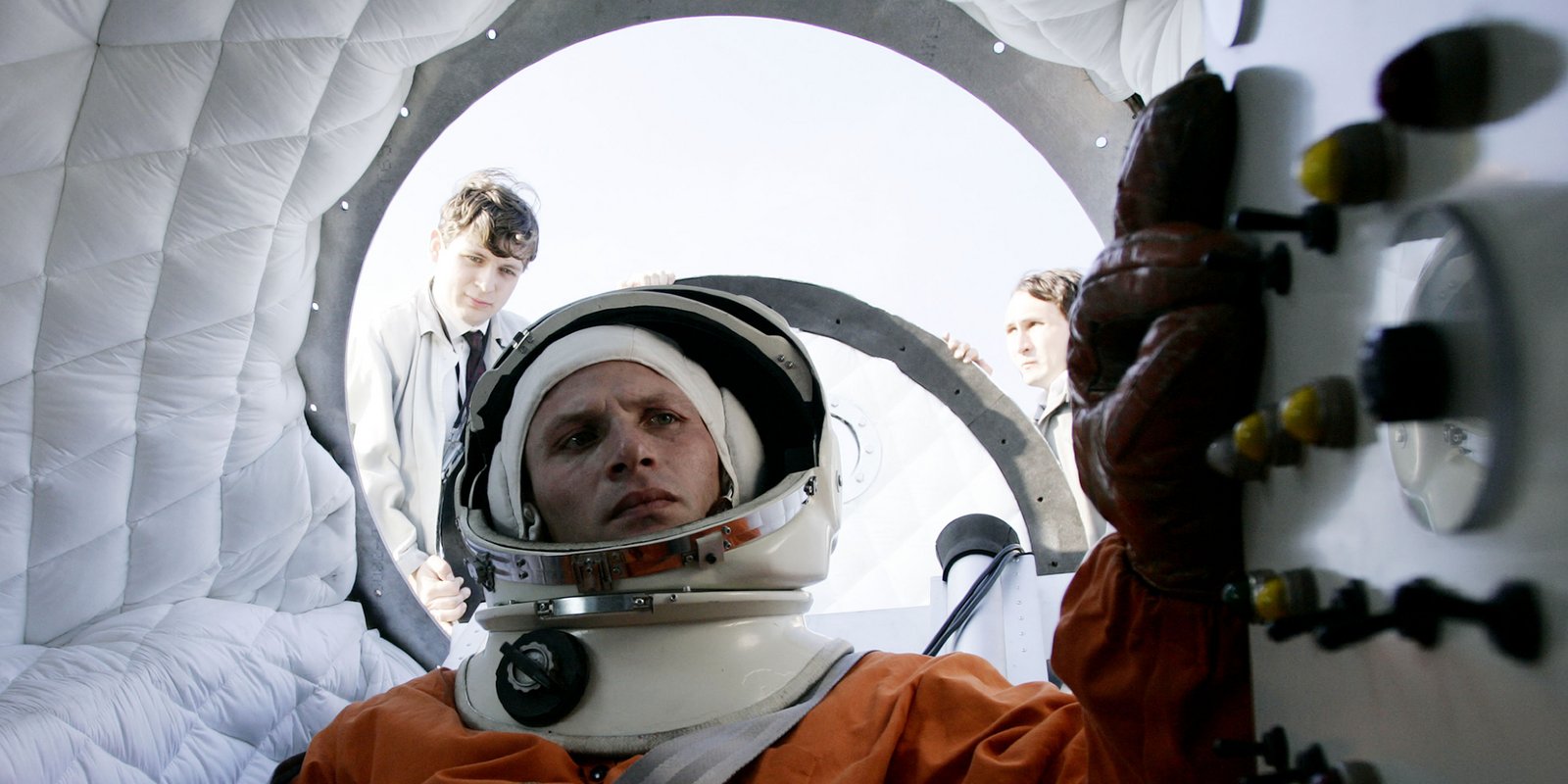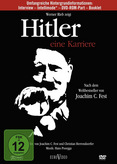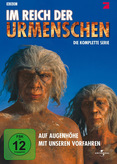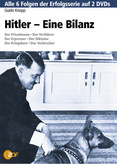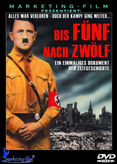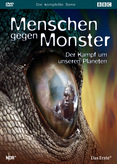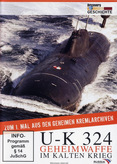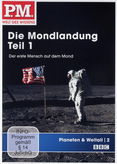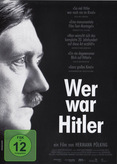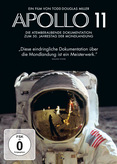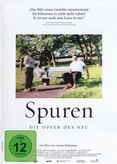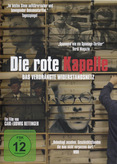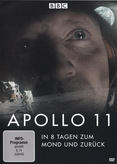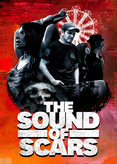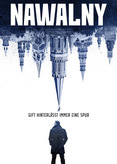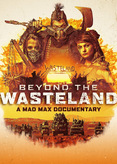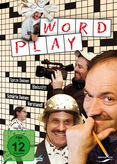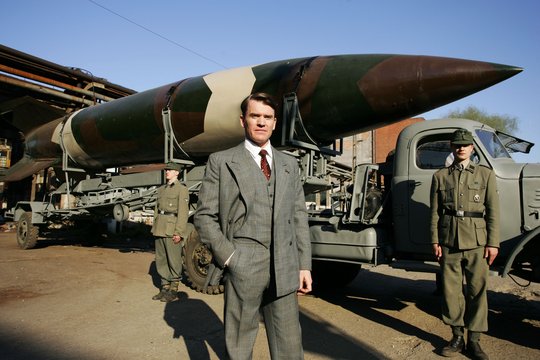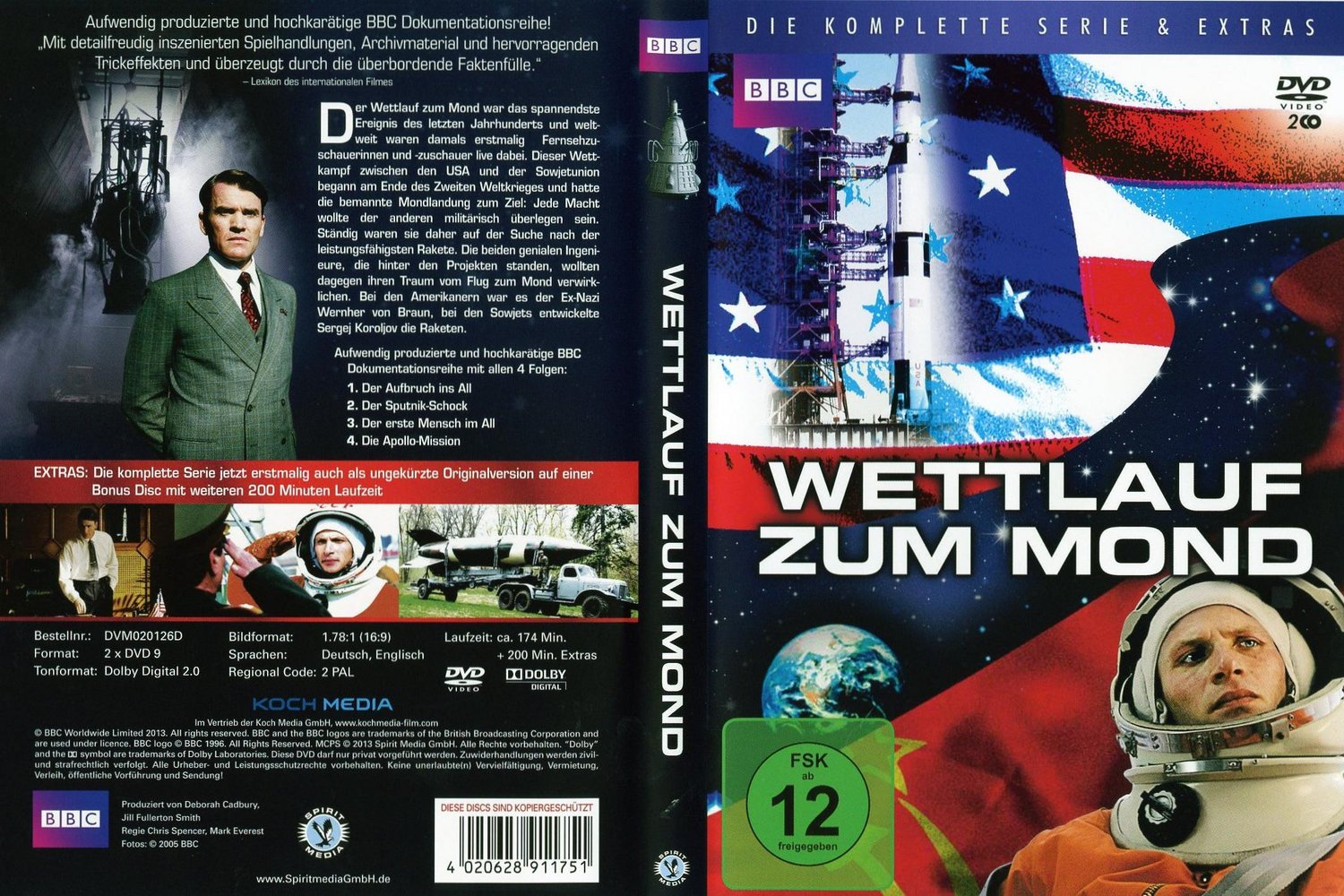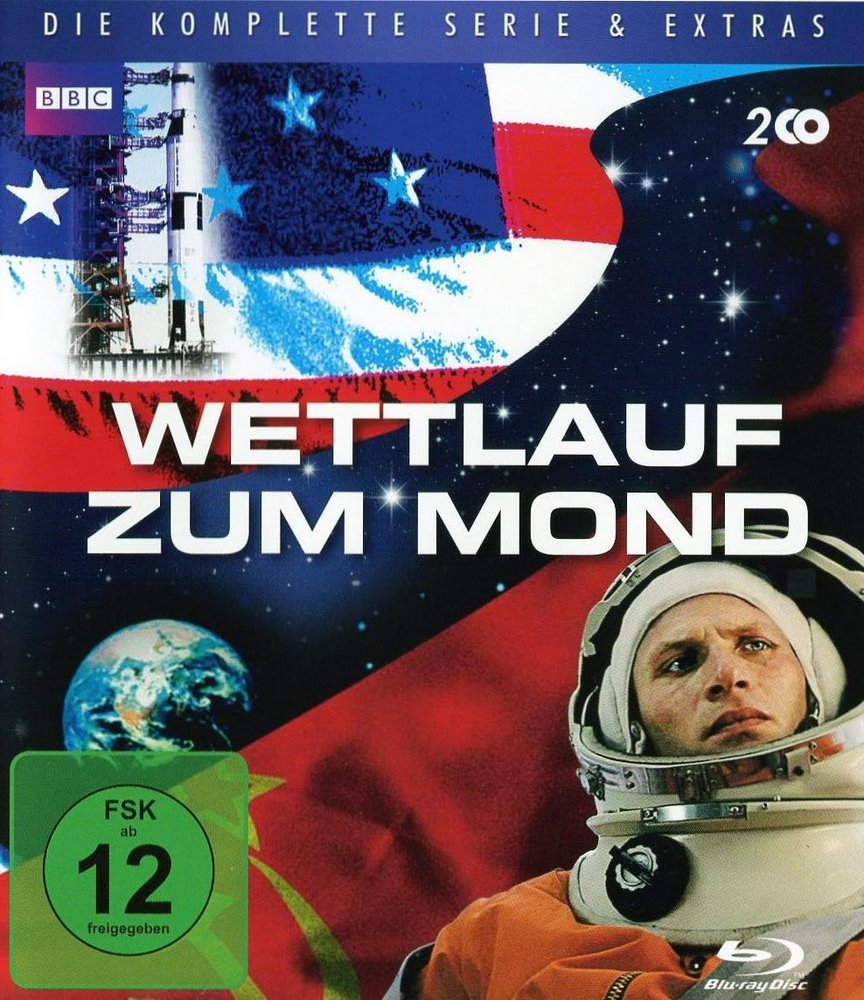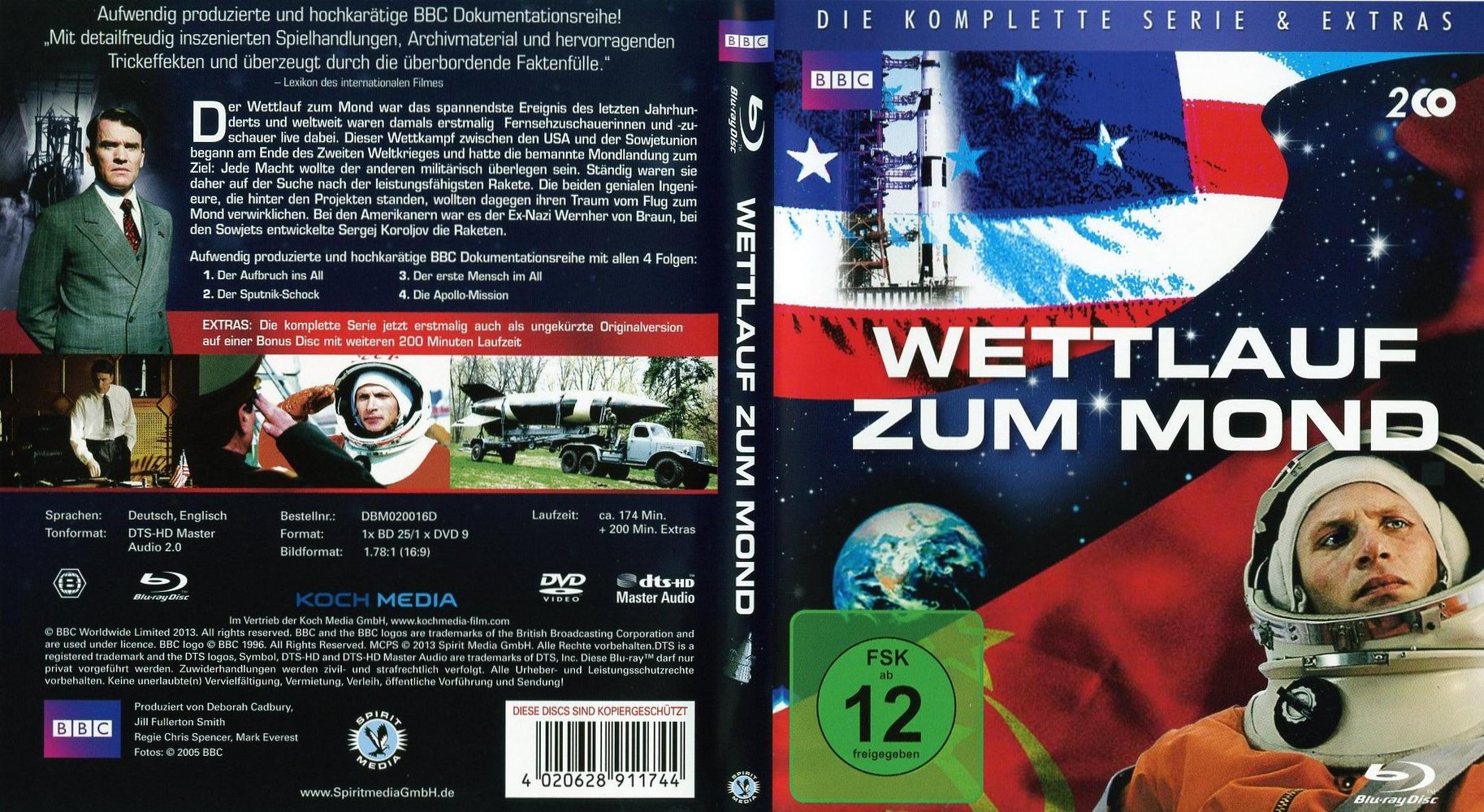Die Welt bewunderte Juri Gagarin, den ersten Mann im Weltall. Und voller Spannung waren die Fernsehzuschauerinnen und -zuschauer dabei, als Neil Armstrong auf dem Mond landete und seinen 'großen Schritt für die Menschheit' wagte. Noch packender als diese Augenblicke ist aber die Geschichte, die sich dahinter verbirgt - der Wettlauf zum Mond, der Kampf der beiden Supermächte um die Vormachtstellung im All. Dieser Wettkampf begann am Ende des Zweiten Weltkrieges und ging bis zur Mondlandung 1969. Die USA und die Sowjetunion hatten das gleiche Ziel: Jede Macht wollte der anderen militärisch überlegen sein. Ständig waren sie daher auf der Suche nach der leistungsfähigsten Rakete. Die beiden genialen Ingenieure, die hinter den Projekten standen, wollten dagegen ihren Traum vom Flug zum Mond verwirklichen. Bei den Amerikanern war es der Ex-Nazi Wernher von Braun, bei den Sowjets entwickelte Sergej Koroljov die Raketen. Mit aufwendigen Computeranimationen sowie einer Mischung aus Spielfilm-Elementen und nie gesendetem Archiv-Material erzählt die vierteilige Dokumentation den 'Wettlauf zum Mond'. Dieses Material und andere Dokumente lassen die Geschichte der Weltraumfahrt in einem neuen Licht erscheinen. Die Dokumentation schaut hinter die Kulissen der offiziellen Darstellungen der ehrgeizigen Weltraumprogramme. Sie berichtet über die hektischen Aktivitäten der Geheimdienste, über die Menschen, die bei den Raketen-Projekten umkamen, und über die Skrupellosigkeit, mit der die Programme vorangetrieben wurden. Die Ko-Produktion zwischen den USA (National Geographic), Russland (Channel One), Deutschland (NDR) und Großbritannien (BBC) erzählt zum ersten Mal die wahre Geschichte des Wettlaufs zum Mond: eine Geschichte über zwei rivalisierende Supermächte und zwei geniale Techniker, Wernher von Braun und Sergej Koroljov.
Die 4-teilige BBC-Dokumentation 'Space Race - Wettlauf zum Mond' zeigt:
Teil 1: Der Aufbruch ins All
Teil 2: Der Sputnik-Schock
Teil 3: Der erste Mensch im All
Teil 4: Die Apollo-Mission
Weiterlesen »
The world admired Yuri Gagarin, the first man in space. And the television viewers were full of excitement when Neil Armstrong landed on the moon and dared to take his 'big step for mankind'. Even more gripping than these moments, however, is the story behind them - the race to the moon, the fight between the two superpowers for supremacy in space. This competition began at the end of World War II and continued until the moon landing in 1969. The USA and the Soviet Union had the same goal: each power wanted to be militarily superior to the other. They were therefore constantly on the lookout for the most powerful rocket. The two ingenious engineers behind the projects, on the other hand, wanted to realize their dream of flying to the moon. For the Americans, it was the ex-Nazi Wernher von Braun, for the Soviets, Sergei Korolev developed the rockets. With elaborate computer animations as well as a mixture of feature film elements and archive material that has never been broadcast, the four-part documentary tells the story of the 'race to the moon'. This material and other documents shed a new light on the history of space travel. The documentary takes a look behind the scenes of the official accounts of the ambitious space programs. She reports on the hectic activities of the secret services, on the people who died in the missile projects, and on the unscrupulousness with which the programs were promoted. The co-production between the USA (National Geographic), Russia (Channel One), Germany (NDR) and Great Britain (BBC) tells the true story of the race to the moon for the first time: a story about two rival superpowers and two ingenious technicians, Wernher von Braun and Sergei Korolev.
The 4-part BBC documentary 'Space Race - Race to the Moon' shows:
Part 1: The Departure into Space
Part 2: The Sputnik Shock
Part 3: The first man in space
Part 4: The Apollo Mission
More »
